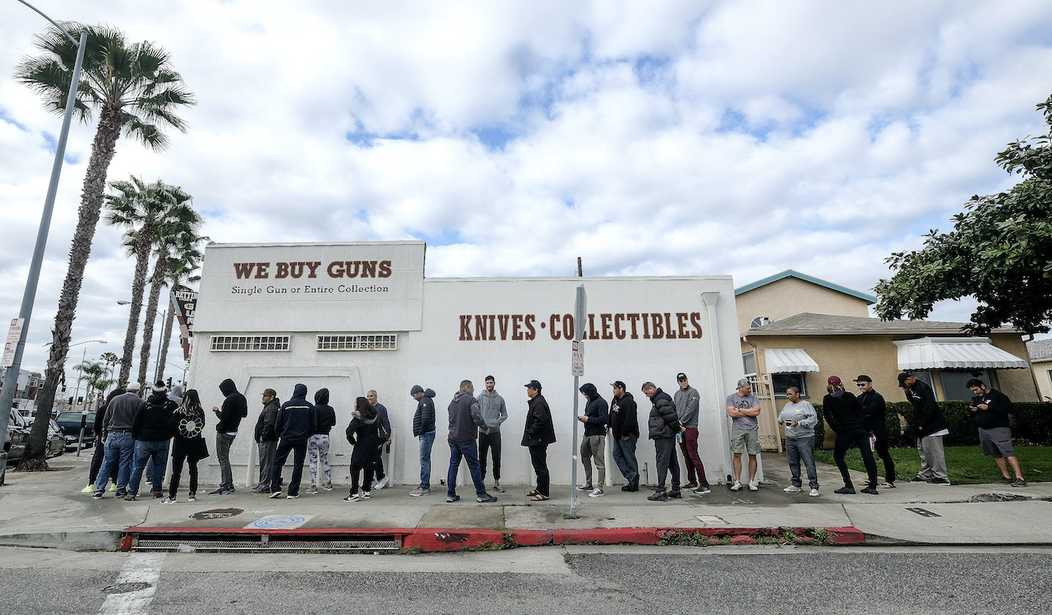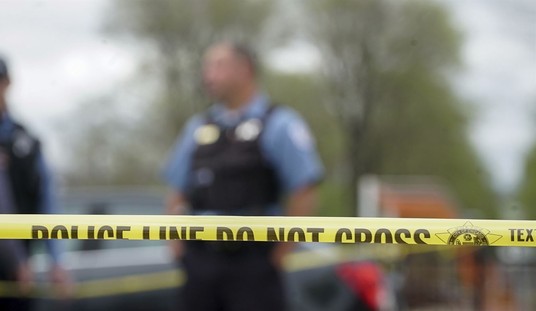California’s requirement that all handguns sold in the state come with chamber load indicators, magazine disconnect mechanisms, and microstamping features are likely unconstitutional according to U.S. District Judge Cormac Carney, who granted an injunction on Monday in Boland v. Bonta; a case brought by the California Rifle & Pistol Association and several individual gun owners taking on the constitutionality of several aspects of California’s Unsafe Handgun Act.
In his ruling, Carney pointed out that California’s requirements have a “devastating impact” on Californians’ ability to acquire “new, state-of-the-art” handguns; noting that no new models of handguns have been made available for sale in the state for the past ten years thanks to the microstamping requirement. The judge went on to declare that the challenged provisions of the UHA are “not consistent with this Nation’s historical tradition of firearm regulation” and excoriated the state for preventing residents from accessing commonly owned firearms available in almost every other jurisdiction across the country.
Nevertheless, the government contends that the plain text of the Second Amendment does not protect Plaintiffs’ proposed course of conduct because Plaintiffs are still able to purchase some firearms and therefore keep and bear them. But a law does not have to be a complete ban on possession to meet Bruen’s first step.
Indeed, the Constitution protects much more than the bare right to keep and bear any outdated firearm for self-defense. The Second Amendment also protects attendant rights that make the underlying right to keep and bear arms meaningful. Those attendant rights include the right to acquire state-of-the-art handguns for self-defense.
Contrary to the government’s assertion, the fact that Californians may purchase other firearms—including long guns or single-shot guns (which are not subject to the UHA), outdated On-Roster handguns, or Off-Roster handguns on the secondary market— does not mean that the Second Amendment does not cover their proposed conduct of purchasing state-of-the-art handguns on the primary market.
Carney also found California’s evidence for the historical tradition of these aspects of the Unsafe Handgun Act to be less than persuasive. Attorney General Rob Bonta found a couple of statutes from the early 19th century in Maine and Massachusetts requiring all musket and pistol barrels to be inspected, along with similar provisions found in the 1770s in New Hampshire, Maryland, and Pennsylvania, but Carney says those laws had a very different intent than the chamber load indicators and magazine disconnect mechanisms mandated by the California legislature.
Whereas CLI and MDM requirements are effectuated by checking only a few examples of a particular handgun model, proving laws were effectuated by examining each firearm manufactured. Whereas proving laws supported the use of firearms for self-defense by ensuring the weapon worked properly and safely, the MDM requirement can actually work against the use of a handgun for self-defense because it will not fire without the magazine. Put simply, requiring each model of handgun to contain additional features to potentially help a user safely operate the handgun is completely different from ensuring that each firearm’s basic features were adequately manufactured for safe operation.
Bonta had also argued that several statutes governing the storage of gunpowder from the late 1700s and early 1800s were historically analogous to the CLI and MDM requirents, but Carney found fault there as well.
But the goals of gunpowder storage laws and the means used to achieve those goals are very different from those of the UHA’s CLI and MDM requirements. The main goal of the gunpowder storage laws was to prevent fire. The primary way they achieved this goal was to regulate where and how gunpowder could be stored and sold, and to allow searches to ensure compliance with those storage laws.
In contrast, the CLI and MDM requirements are meant to prevent inadvertent discharge or firing of the firearm. They achieve this goal by requiring particular safety features in handguns. How and why these regulations burden a law-abiding citizen’s right to armed self-defense are too different to pass constitutional muster.
When it came to the state’s microstamping mandate, Bonta took the position that the requirement was nothing more than an extension of laws requiring firearms to have serial numbers and “historical analogues sufficient to support the federal law prohibiting the possession of a firearm with an obliterated serial number are sufficient to support the microstamping requirement.”
Not so, says Carney.
Historical laws regarding serial numbers, and the historical analogues justifying serial numbers, do not impose anywhere close to the substantial burden on people’s Second Amendment right that the UHA’s microstamping provision does. The microstamping provision requires handguns to have a particular feature that is simply not commercially available or even feasible to implement on a mass scale.
…
More telling and in contrast to the requirement of a serial number, which has been universally and easily implemented by manufactures across the globe, not a single manufacturer has implemented microstamping technology, and indeed it is not feasible to implement such technology broadly. Because of this, not a single new model of semiautomatic handgun has been added to the Roster since the microstamping requirement was implemented in May 2013. Californians have not had access to new semiautomatic models of handguns since that date. The rest of the country, on the other hand, has access to handguns that over the years have become more ergonomic, durable, reliable, affordable, and possibly even safer.
It’s an excellent decision by Carney, but though it did not come with a stay allowing the law to remain in effect while the injunction is appealed the Ninth Circuit will almost certainly grant that one shortly after the state requests it. [Editor’s note – the decision did grant the state 14 days to appeal to the Ninth Circuit.] Given the state’s 10-day waiting period on gun sales I’m not sure we’re going to see the same massive “Freedom Week” effect that took place when California’s ban on “high capacity” magazine was halted for a few days back in 2019, but any and all “off-roster” guns already in stock at California FFLs are going to be in high demand for as long as the average citizen has the ability to purchase one.
****Update****
I just spoke with Chuck Michel, head of the California Rifle & Pistol Association, who says there won’t be any Freedom Week… at least not right away. With the state’s 14-day grace period to appeal Carney’s decision before it takes effect, Michel says he too believes the state will have requested and Ninth Circuit will have granted that stay before that two-week time period is through.








Join the conversation as a VIP Member